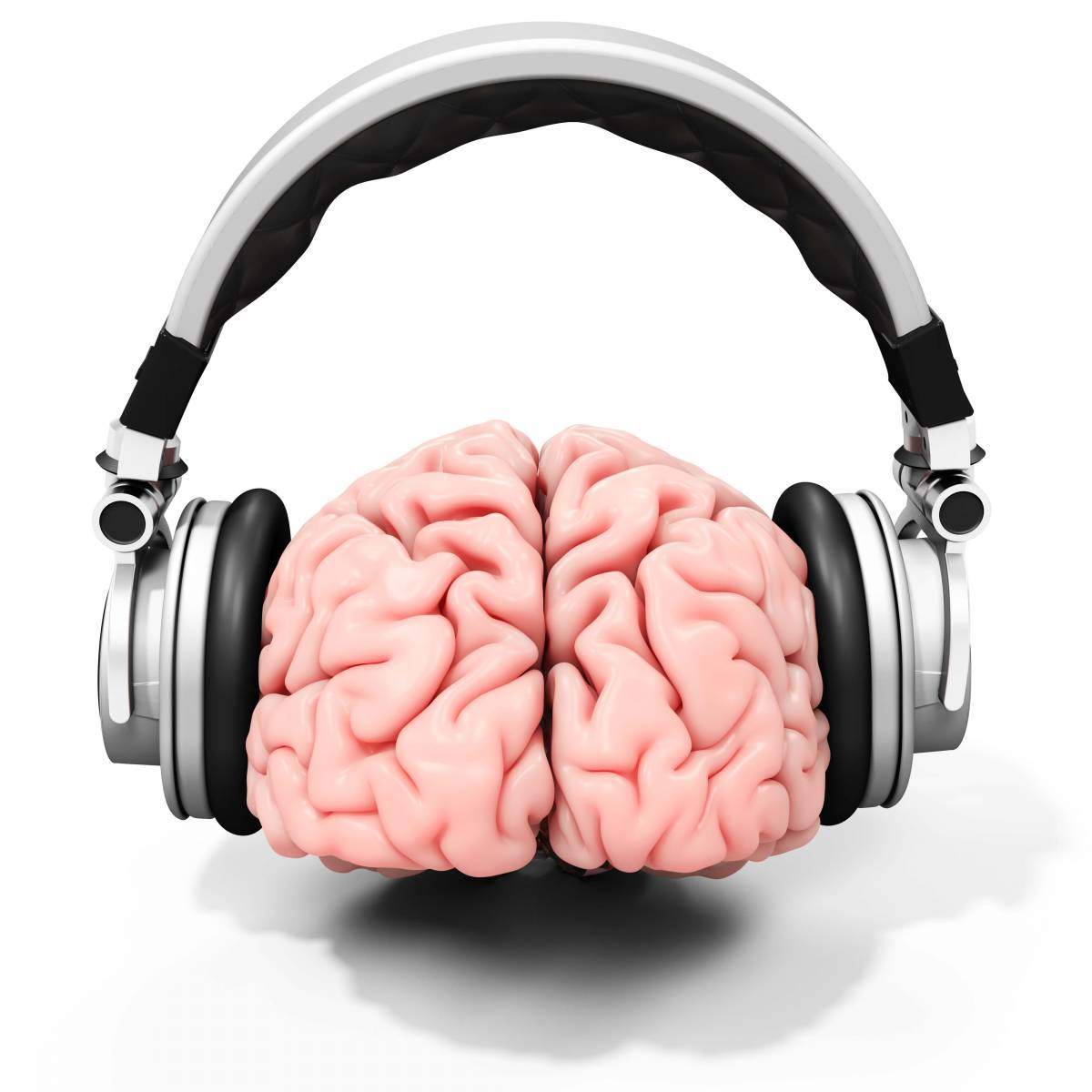עיתונאיות ועיתונאים, הירשמו כאן להודעות לעיתונות שלנו
הירשמו לניוזלטר החודשי שלנו:

People suffering from anxiety perceive the world in a fundamentally different way than others, according to a study reported in the Cell Press journal Current Biology on March 3. The research may help explain why certain people are more prone to anxiety.
The new study shows that people diagnosed with anxiety are less able to distinguish between a neutral, “safe” stimulus (in this case, the sound of a tone) and one that had earlier been associated with gaining or losing money. In other words, when it comes to emotionally-charged experiences, they show a behavioral phenomenon known as “over-generalization,” the researchers say.
“We show that in patients with anxiety, emotional experience induces plasticity in brain circuits that lasts after the experience is over,” says Prof. Rony Paz of the Weizmann Institute of Science in Israel. “Such plastic changes occur in primary circuits, and these later mediate the response to new stimuli. The result is an inability to discriminate between the experience of the original stimulus and that of a new, similar stimulus. Therefore anxiety patients respond emotionally to the new stimuli as well and exhibit anxiety symptoms even in apparently irrelevant situations. They cannot control this response: it is a perceptual inability to discriminate.” The study was a collaboration between psychiatrist Dr. David Israeli and Paz, and it was led by Dr. Offir Laufer, then a PhD student in Paz’s group.
Paz and his colleagues recruited anxiety patients to participate in the study. They trained the patients to associate three distinct tones with one of three outcomes: money loss, money gain, or no consequence. In the next phase, the participants were presented with one of several new tones and were asked whether the tone was one they had heard before while in training. If they were right, they were rewarded with money.
The best strategy would be to take care not to mistake (or over-generalize) a new tone for one they had heard in the training phase. But people with anxiety were more likely than healthy controls to think that a new tone was one they had heard earlier. That is, they were more likely to mistakenly associate a new tone with the earlier experience of money loss or gain. Those differences were not explained by differences in participants’ hearing or learning abilities. The research shows that they simply perceived sounds that were earlier linked to an emotional experience differently.
Functional magnetic resonance images (fMRIs) of the brains of people with anxiety and those of healthy controls revealed differences in the activity of several brain regions. These differences were mainly found in the amygdala, a region related to fear and anxiety, as well as in the primary sensory regions of the brain. These results strengthen the idea that emotional experiences induce long-term changes in sensory representations in anxiety patients’ brains.
The findings might help explain why some people are more prone to anxiety than others. The underlying brain plasticity that leads to anxiety isn’t in itself bad, Paz says. “Anxiety traits can be completely normal; there is evidence that they benefitted us in our evolutionary past. Yet an emotional event, sometimes even a minor one, can induce brain changes that can potentially lead to full-blown anxiety,” he says. Understanding how the process of perception operates in anxiety patients may help lead to better treatments for the disorder.
This work was supported by I-CORE; ISF; the EP7 human brain project; and Minerva-Foundation grants.